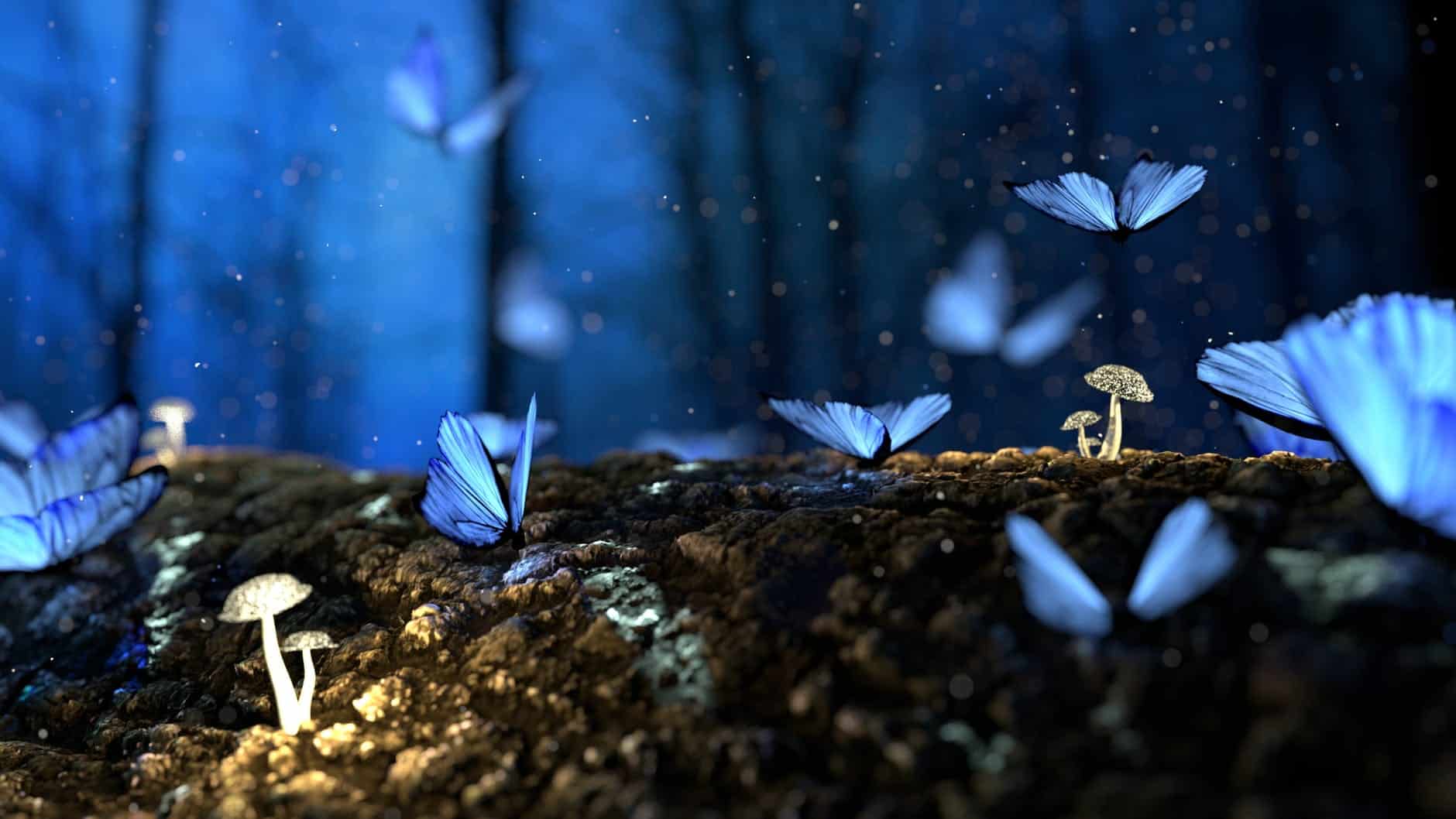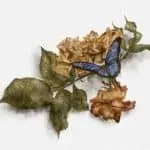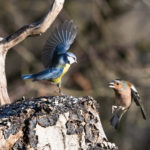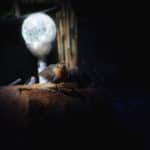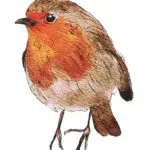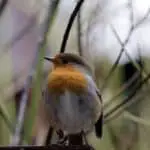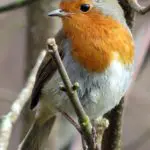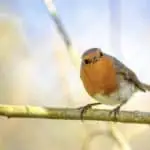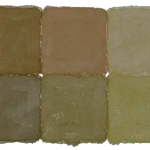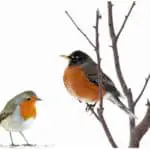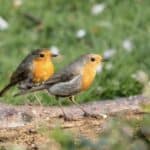Creating a butterfly friendly garden is a very rewarding experience. Butterflies, in addition to being beautiful additions to your backyard, are often among the species affected greatly by deforestation and the loss of their native vegetation, which they depend on to survive.
Many butterfly species have a close relationship to the plants they feed on, and so, while they are less efficient pollinators than wild bees, their migration patterns and life cycles, which can take them across thousands of miles in certain species, are heavily beneficial to native plant life.
With this in mind, attracting butterflies can have a very positive effect – you get to enjoy the elegance and natural biodiversity in your backyard, and the native butterfly species of your area get to have a nice place to rest on their journey, enjoy a snack and a predator-free environment, and carry on with their lives, much rejuvenated.
Here are 3 great tips to get butterflies paying a regular visit to your garden !
1. Colour
To understand what butterflies look for in a garden, we need first to know what butterflies look for without the presence of gardens. Butterflies have specialised colour vision, which means that they are attracted most to flowers of a particular colour. Thriving butterfly gardens should have a yearly supply of flowers with warm colour tones – red, yellow, and orange, as well as pink and purple blossoms. And remember that adult butterflies generally prefer to feed in full sunlight, so it is best to plant your blooms where they have at least a few hours of full sunlight exposure in a day, if such a thing is possible in your area.

It is also good practice to plant common native plants, as butterflies and butterfly caterpillars of particular species are drawn to very specific plants. There are too many varieties of butterflies with specific diets to list here, but, while caterpillars are more picky in their pickings, most butterflies will be content with any flowers that match their locale. So, for example, if you live in the United Kingdom, you might want to offer your butterflies a buffet of Cheddar pink, field maple, betony, and common poppy.
2. Caterpillars
Speaking of caterpillars, the second tip is to remember that without caterpillars, you won’t have any butterflies. It’s an easy concept to grasp, but much harder to implement! Since butterflies can sometimes spend the majority of their life cycles as caterpillars, their development into healthy butterflies can be as important, or even more important, than that of butterflies. During their youth, they are especially susceptible to pesticides and predators, so avoid spraying anything noxious in your yard, and offer plenty of leafy plants for them to hide from predators.
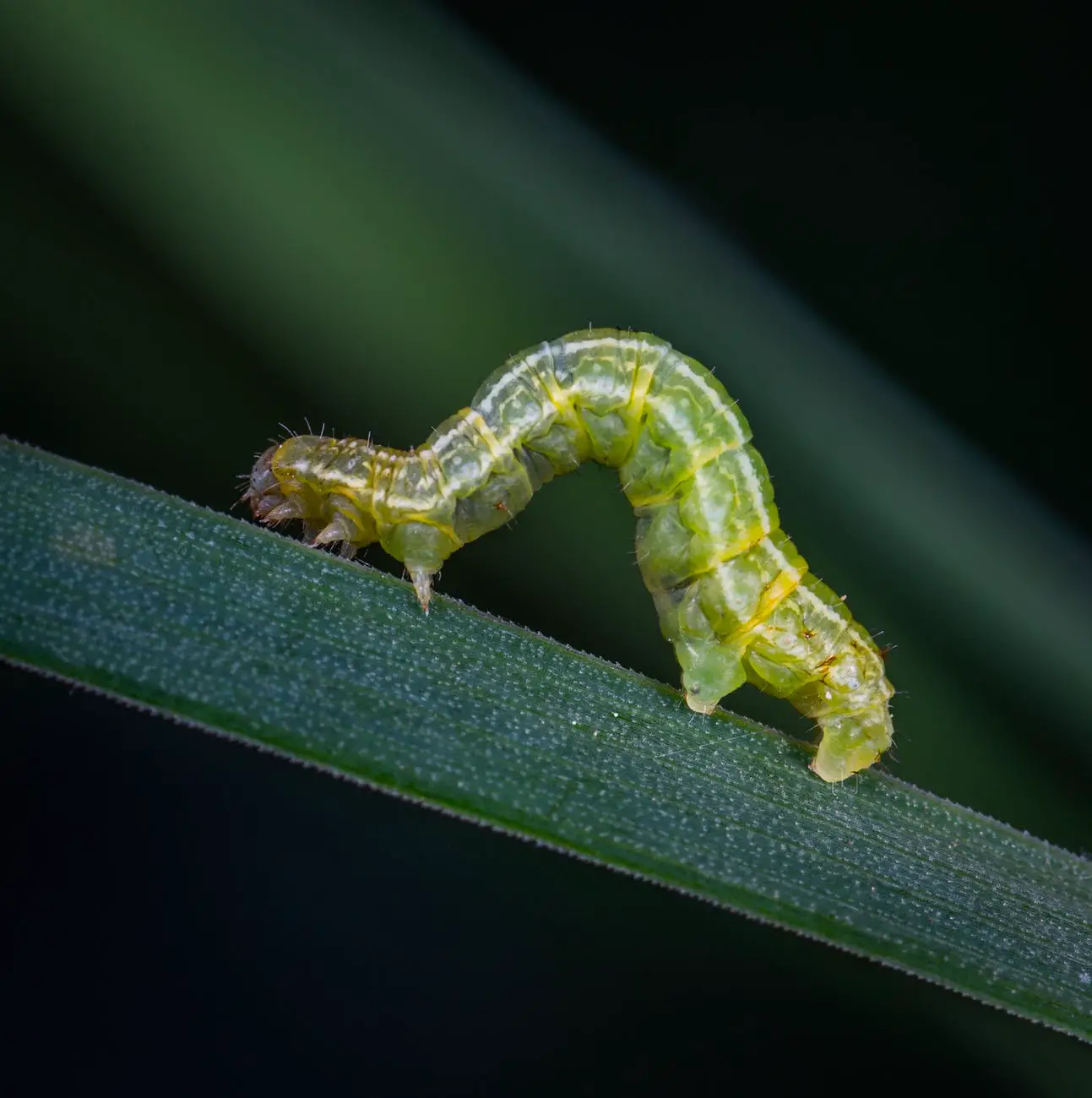
They’ll also need woody branches to suspend their cocoons from, and it can be a subject of great pride to see that a caterpillar felt safe and nourished enough in your backyard to build their cocoon there. If you keep a close eye, maybe you’ll even get to witness them emerging!
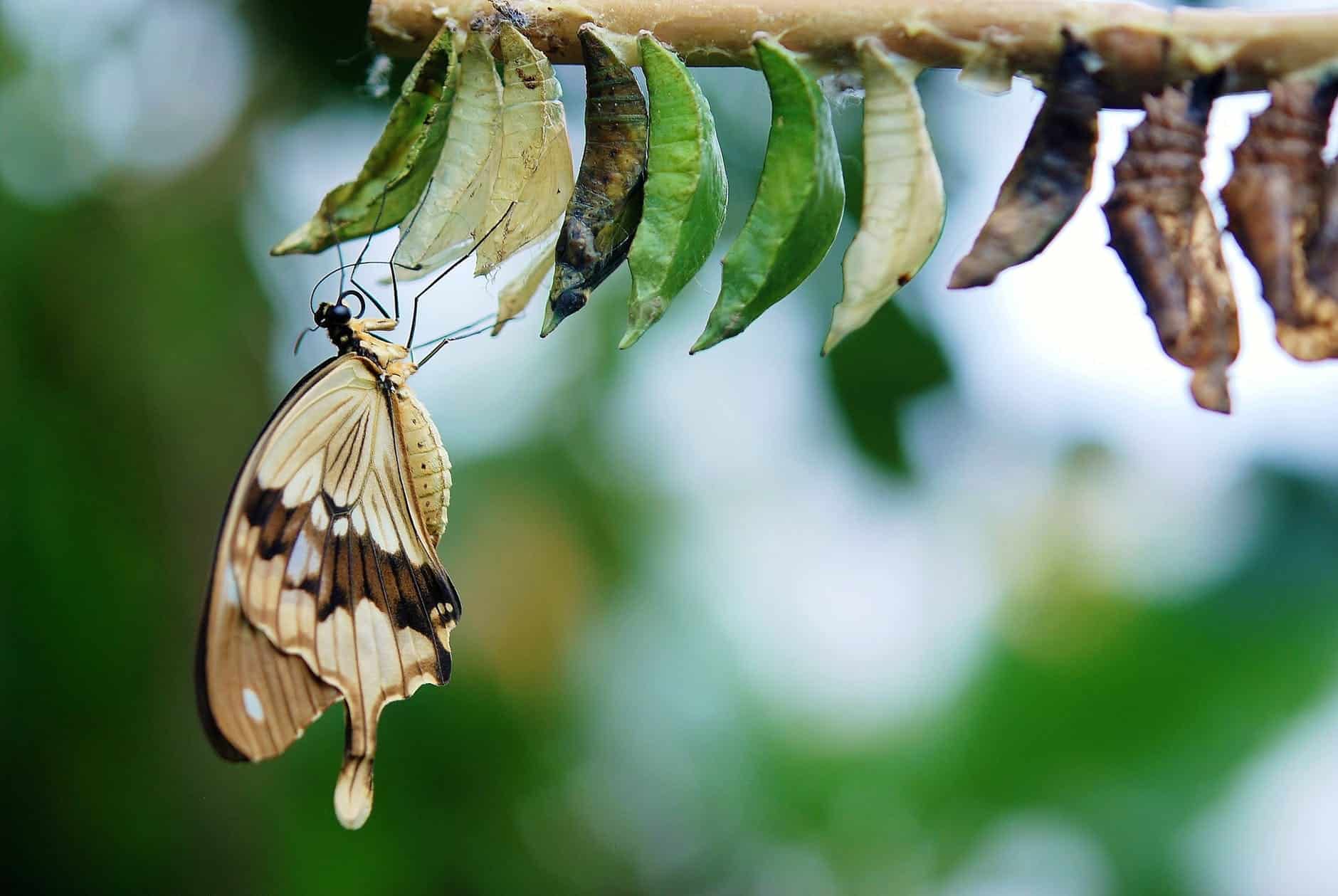
As stated before, caterpillars can be picky eaters, so you’ll want to do some research about what the local butterfly species in your area is, but, for a few examples of common pairings: common blues like leguminous plants such as bird’s-foot trefoil; peacock butterfly caterpillars aren’t too fussy, and will happily eat nettle of all sorts; painted ladies and red admirals flock to mallows and stinging nettles; and large butterflies eat much the same as some people, liking their pick of cabbage, kale, and Brussel sprouts. For some of these caterpillars, you might have to be willing to share a bit of your vegetable patch with a few opportunistic caterpillars, but the exchange is very rewarding.
3. Drink
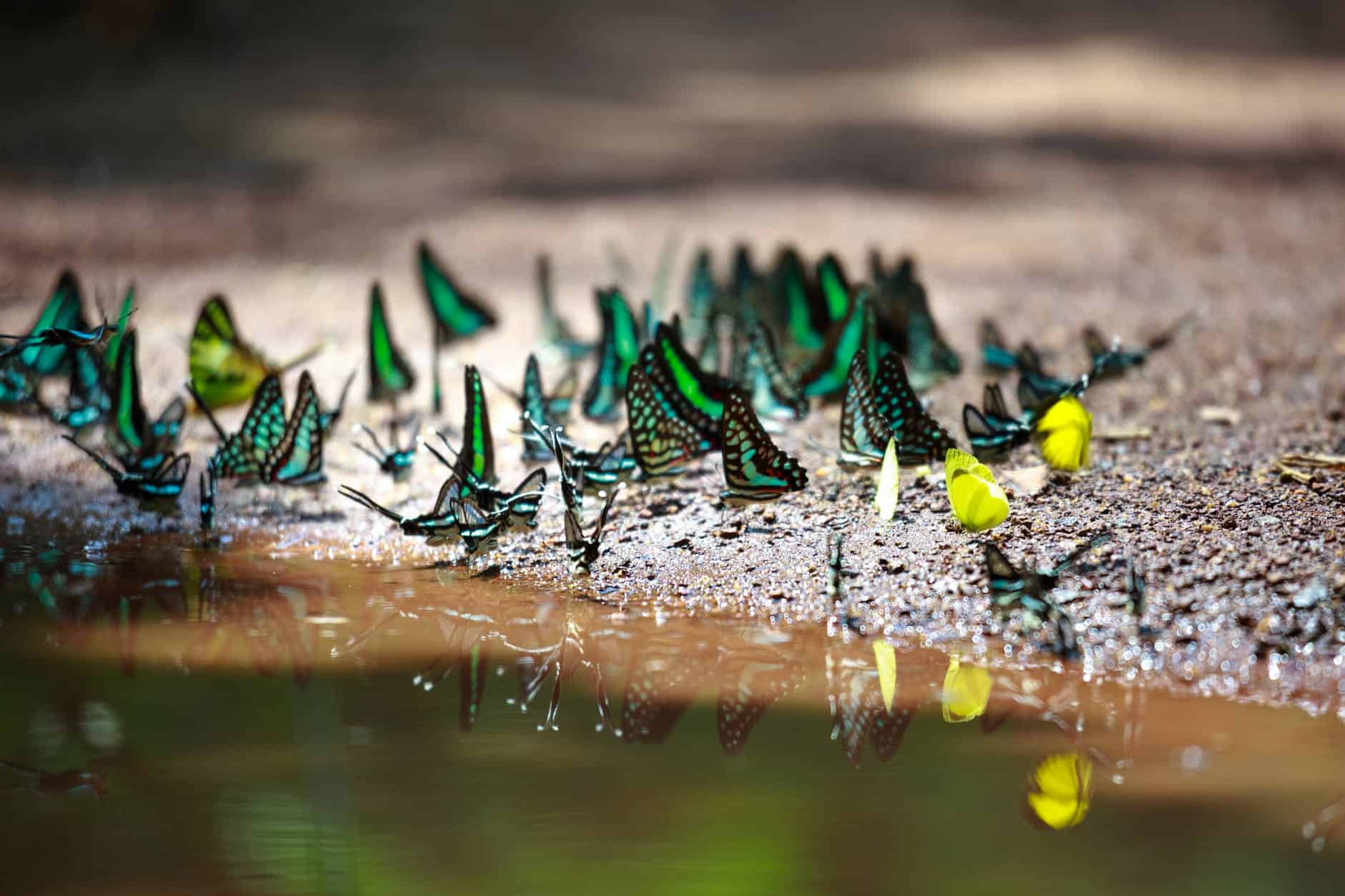
Lastly, butterflies prefer not to drink water in the same way as birds, though they might gravitate to pools of water occasionally. This is not to rehydrate, because butterflies get most of the liquids they need from their nectar meals! Rather, this is to “puddle”, a way for butterflies to acquire the other nutrients they need to thrive, and it is a method often neglected by those who’d like to make their garden butterfly-friendly, but can actually be a very beautiful addition to your garden!
In order to create a butterfly puddling station, all you need to do is to take a dish that you don’t mind burying in your garden, and submerge it in a cool patch in your garden so that the lip of the dish or bowl is at level with the rest of the soil. Then, you can fill the bowl with sand or loose soil, and fill the bowl the rest of the way with water so that the sand is completely damp, and arrange patches of wood or stones around or within the bowl to create a miniature bond biome.
While this requires getting your hand a little muddy, and should be rehydrated every few days, this puddler is sure to draw butterflies from all around, and will allow you a few moments to snap beautiful pictures, or just to admire them at their most leisurely and relaxed. Some people even arrange their piddlers into little works of art, which add a lot of personality and style to your garden, especially with the addition of native plants all around.
In creating a butterfly friendly garden, you may find yourself developing a more positive relationship with your backyard, as it is essentially a project in studying your local environment, and adapting pieces of it to fit your own living space.
Your garden, rather than an ornament, becomes a living piece of the world around you, contributing what you put into it out into the world at large, and in being more friendly to butterflies, you also, tangentially, create a space that is more friendly to pollinators, native plant species, clean air, and healthier soil, and that much is more than worth the effort.
